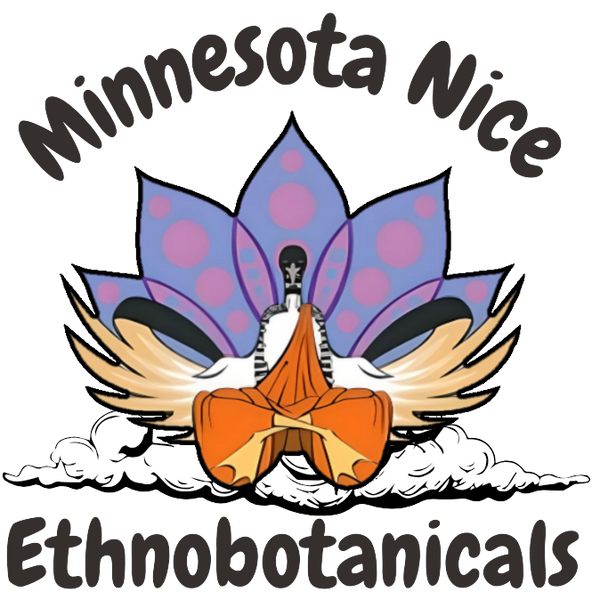The Connection Between Amanita muscaria and Christmas: History and Myths
Share
Amanita muscaria, also known as fly agaric, is a mushroom that has been associated with Christmas in various cultures. This distinctive red-capped mushroom with white spots is often depicted in Christmas decorations, and its association with the holiday has led to many myths and legends.
History
The use of Amanita muscaria in Christmas celebrations can be traced back to ancient northern European cultures. In these cultures, the mushroom was associated with the god Odin and was seen as a symbol of fertility and abundance. During the winter solstice, the mushroom was used in spiritual ceremonies to celebrate the rebirth of the sun and the return of longer days.
In the 19th century, Amanita muscaria was introduced to modern Christmas celebrations through the work of various artists and writers. The mushroom's distinctive red cap and white spots were seen as a perfect match for the color scheme of Christmas decorations, and it began to appear in Christmas cards, illustrations, and other media.
Myths
The association between Amanita muscaria and Christmas has led to many myths and legends. One of the most famous is the story of Santa Claus and his reindeer. In this story, Santa Claus is said to travel through the sky on a sleigh pulled by flying reindeer. The idea of flying reindeer is often attributed to the hallucinogenic effects of Amanita muscaria, which can cause a feeling of flying or floating.
In some cultures, Amanita muscaria was also associated with the idea of gift-giving. During winter solstice celebrations, it was believed that the mushroom had the power to bring good luck and fortune. It was often given as a gift to family and friends, and this tradition may have evolved into the modern practice of gift-giving during Christmas.
Practices
While the use of Amanita muscaria in Christmas celebrations has declined in modern times, it is still used by some people in shamanic practices. In these practices, the mushroom is ingested in a ceremonial context to induce altered states of consciousness and connect with the spirit world.
It is important to note, however, that Amanita muscaria can be toxic if not prepared properly and should only be used under the guidance of an experienced shaman or herbalist. As with any herbal supplement, it is recommended to consult with a healthcare professional before use, particularly if you are pregnant or have any pre-existing medical conditions.
Conclusion
The connection between Amanita muscaria and Christmas is a fascinating example of how cultural traditions and practices can evolve over time. While the mushroom's use in modern Christmas celebrations is largely symbolic, it has a rich history and mythology that reflects the beliefs and practices of ancient cultures. Whether it's in the form of Christmas decorations or shamanic practices, the enduring legacy of Amanita muscaria continues to fascinate and inspire people around the world.
